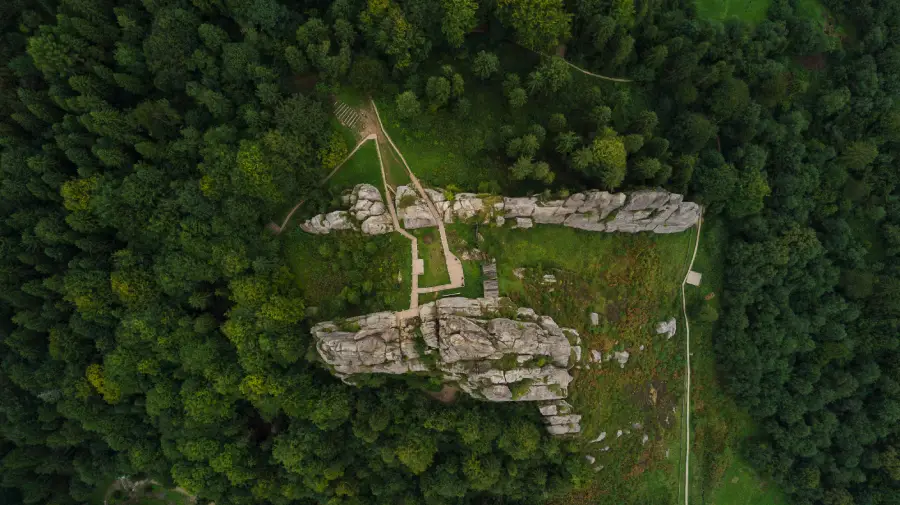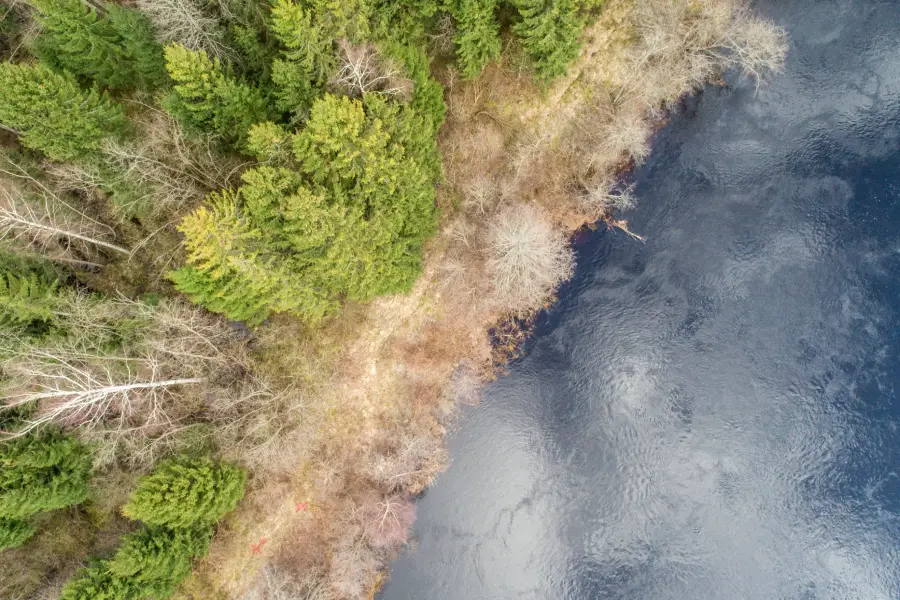Conservation easements are powerful tools for protecting land, water, and wildlife for generations. They are designed to be lasting agreements, but landowners sometimes wonder: Can a conservation easement ever be removed?
This guide explores how to remove a conservation easement from your property, explains the legal and practical challenges, and answers key questions like “are conservation easements permanent?” While removal is uncommon and often discouraged, understanding the process provides clarity for landowners navigating long-term land use decisions.
Understanding Conservation Easements
A conservation easement is a voluntary, legally binding agreement between a landowner and a qualified organization (such as a land trust or government agency). Like environmental site assessment phases and environmental planning, it ensures land use decisions are made with ecological responsibility.
Importance of Honoring Easements
They also provide public benefits such as clean water, wildlife corridors, and scenic landscapes, closely tied to principles of water resource management and water engineering.

Reasons for Removing a Conservation Easement
Common motivations include:
- Change in circumstances: Landowners may wish to pursue development or new land uses restricted by the easement.
- Infeasibility of compliance: Natural changes (such as flooding or soil loss) may make it impractical to maintain easement terms, situations where insights from geotechnical engineering or structural engineering may also play a role in land management.
- Public interest shifts: In very limited cases, authorities may determine that the easement no longer serves its intended purpose.
It’s important to note that financial or personal preference alone is usually insufficient grounds for removal.
How to Remove a Conservation Easement From Your Property?
In rare circumstances, landowners may pursue removal or modification of a conservation easement. This process is legally complex, requires strong justification, and involves both negotiation and judicial review.
Reviewing the Easement Agreement
The first step in understanding whether removal is even possible is to carefully review the easement deed.
- Restrictions and conditions: Easements outline what activities are prohibited and what land uses remain.
- Amendment provisions: Some easements may allow modifications under specific conditions.
- Legal permanence: Many agreements explicitly state that they are perpetual and may not be terminated.
Consultation and Negotiation
Because conservation easements involve multiple stakeholders, consultation is essential:
- Engaging with the easement holder (land trust or agency) is the first step. They must evaluate whether removal or modification aligns with their conservation mission.
- Presenting reasons: Landowners must explain why the easement is no longer practical or beneficial.
- Negotiation: Sometimes, easements can be amended rather than fully removed—for example, adjusting boundaries or revising specific restrictions.
Negotiation is often more feasible than complete termination.
Legal Process and Documentation
If removal is pursued, legal involvement is unavoidable.
- Legal advice – Attorneys experienced in conservation and real estate law guide landowners through requirements.
- Petition filing – A petition may need to be filed in court to request modification or termination.
- Judicial oversight – Courts generally require proof that removal is in the public interest and that conservation purposes can no longer be served.
Because easements often qualify for tax benefits, removal may also involve repayment or penalties, much like how quantity surveying in civil engineering ties financial oversight to projects—or how salaries vary in civil engineering careers.
Evaluation and Decision
Courts and agencies carefully assess:
- Ecological impacts: How would removal affect habitats, water resources, or landscapes?
- Public benefits: Would removal diminish conservation outcomes that benefit communities?
- Alternatives: Could amendment or mitigation achieve landowner goals without terminating the easement?
The burden of proof is high, and in most cases, decisions favor upholding easements to protect long-term conservation goals.
Approvals and Finalization
If an easement is legally approved for removal:
- Permissions: Landowners must obtain written consent from the easement holder and court approval.
- Documentation: The termination must be recorded with county land records.
- Conditions: Mitigation measures, such as creating a new easement elsewhere, may be required.
The process is lengthy and often costly, which is why most easements remain intact.

Repercussions and Mitigation
Removing a conservation easement can have significant legal and financial repercussions—similar to balancing choices in transportation vs structural engineering or managing impacts in ocean engineering.
- Tax implications: If the easement was donated and tax deductions were taken, the IRS may require repayment.
- Reputational impact: Removal can damage trust with communities and conservation partners.
- Mitigation requirements: Agencies may require landowners to offset losses by restoring or protecting other lands.
So, Are Conservation Easements Permanent?
Yes, conservation easements are typically permanent. Permanence is what makes them such a powerful conservation tool. While modification or removal is technically possible in rare situations, the default expectation is that the easement will remain in place forever, binding future landowners to its terms.
Conclusion
So, how do you remove a conservation easement from your property? The answer is that while removal is legally possible, it is rare, complex, and often discouraged. It requires careful review of the easement deed, consultation with stakeholders, legal proceedings, and justification that removal serves the public interest.
For most landowners, working with easement holders to amend terms or explore alternatives is more practical than full removal. And for communities, the permanence of easements ensures that conservation values endure for future generations.
By understanding the challenges and implications, landowners can make informed decisions and appreciate the critical role conservation easements play in safeguarding our natural resources.
